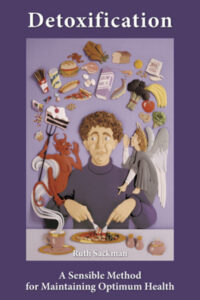The lime is native to southeastern Asia and has been cultivated for thousands of years and has many nutrients. It is believed that the Arabs brought them from India during the period of Mohammedan expansion in A.D. 570-900. From the earliest days of British sailing vessels, British sailors were given a regular ration of lime juice to prevent scurvy at sea, resulting in the nickname Limey for British sailors.
Limes have been grown in California and Florida since the early days of the citrus industry. After the great freeze in Florida in 1894-95, when the lemon industry was almost totally destroyed, California began growing virtually all the lemons in the United States. At this time Florida’s lime industry expanded, and now Florida grows most of the limes used in this country. California is second in production, and Mexico is a close third. Limes grow all year. Florida produces them from April to April, and California from October throughout the year. The main season for imports is May through August.
Limes that are green in color and heavy for their size are the most desirable commercially, because of their extreme acidity. The full, ripe, yellow lime does not have a high acid content. If the lime is kept until fully ripe it may be used in the very same way the lemon is used, and to fortify other foods with vitamin C. Like lemons, limes are very high in vitamin C, are a good source of vitamin B1, and are rich in potassium. They spoil easily, and limes with a dry, leathery skin or soft, moldy areas should be avoided. Store limes in a cool, dry place.
Limes contain 5 to 6 percent citric acid, and are too acid to drink without sweetening. Their natural flavor is enhanced when combined with other juices. Limes make a delicious dressing for fish, and, when added to melons, bring out the natural flavor of the melon. A few drops of lime juice added to consommé, or jellied soups, give a particular zest to the flavor. Sub-acid fruits, such as apples, pears, plums, peaches, grapes, and apricots, go best with limes.
Therapeutic Value of Lime
Limes are good for the relief of arthritis because they have such a high vitamin C content. They are especially good for anyone with acidemia, because they are one of the most alkalinizing foods. A drink of lime juice and whey is a wonderful cooler for the brain and nervous system. Limes can be used to treat brain fever, or someone who is mentally ill. They are good for a brain with a great deal of hot blood in it, which usually shows itself in anger, hatred, or other brain disturbances. Limes make a wonderful sedative for those suffering from these afflictions.
Calories: 107
Protein: 2.8g
Fat: .8g
Carbohydrates: 42.4g
Calcium: 126mg
Phosphorus: 69mg
Iron: 2.3mg
Vitamin A: 50 I.U.
Thiamine: .1mg
Riboflavin: .08mg
Niacin: .7mg
Ascorbic Acid: 94mg
Calories: 107
Protein: 2.8g
Fat: .8g
Carbohydrates: 42.4g
Calcium: 126mg
Phosphorus: 69mg
Iron: 2.3mg
Vitamin A: 50 I.U.
Thiamine: .1mg
Riboflavin: .08mg
Niacin: .7mg
Ascorbic Acid: 94mg





